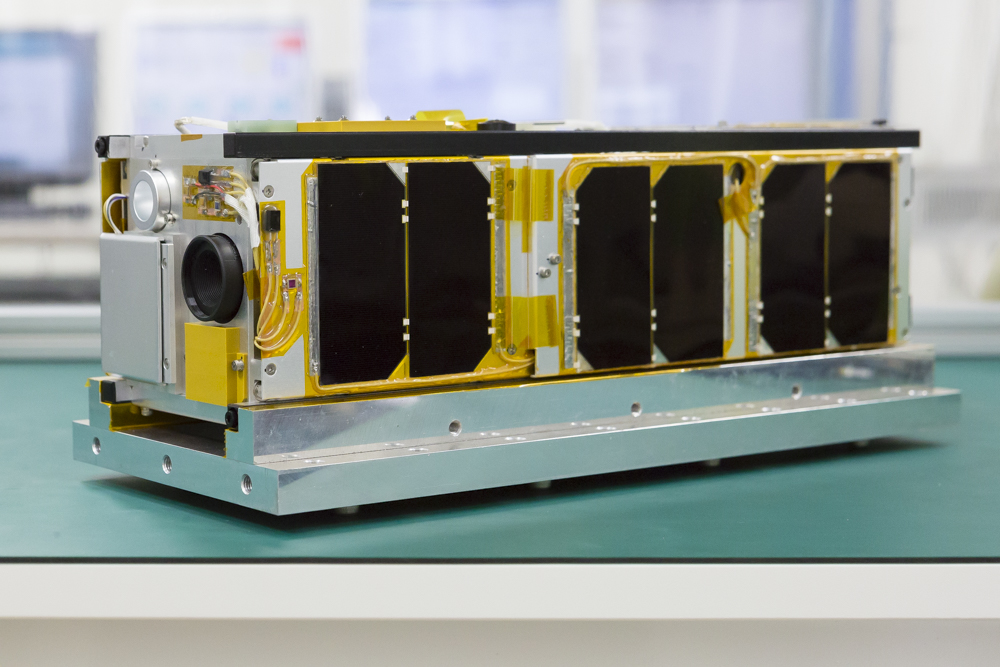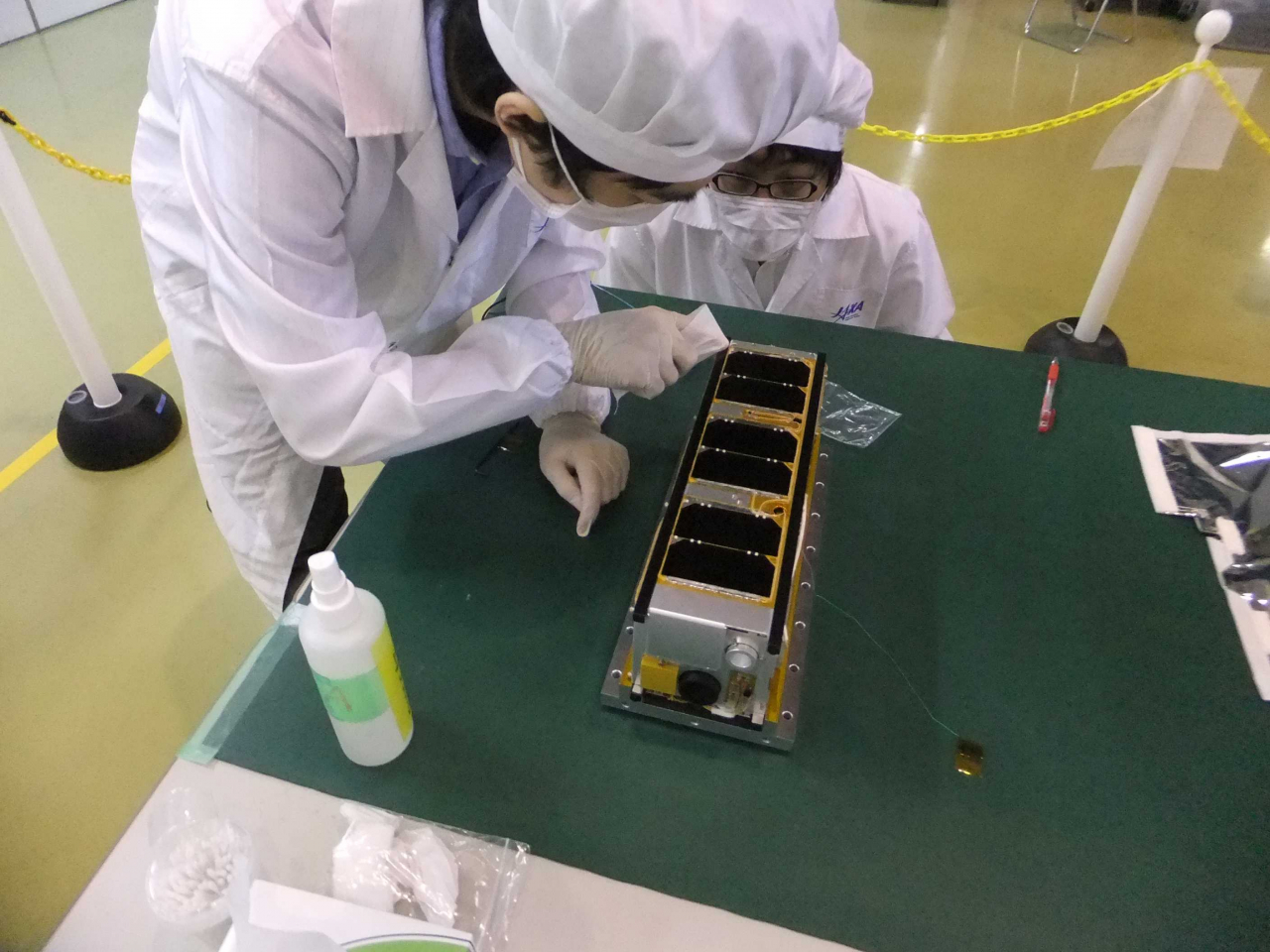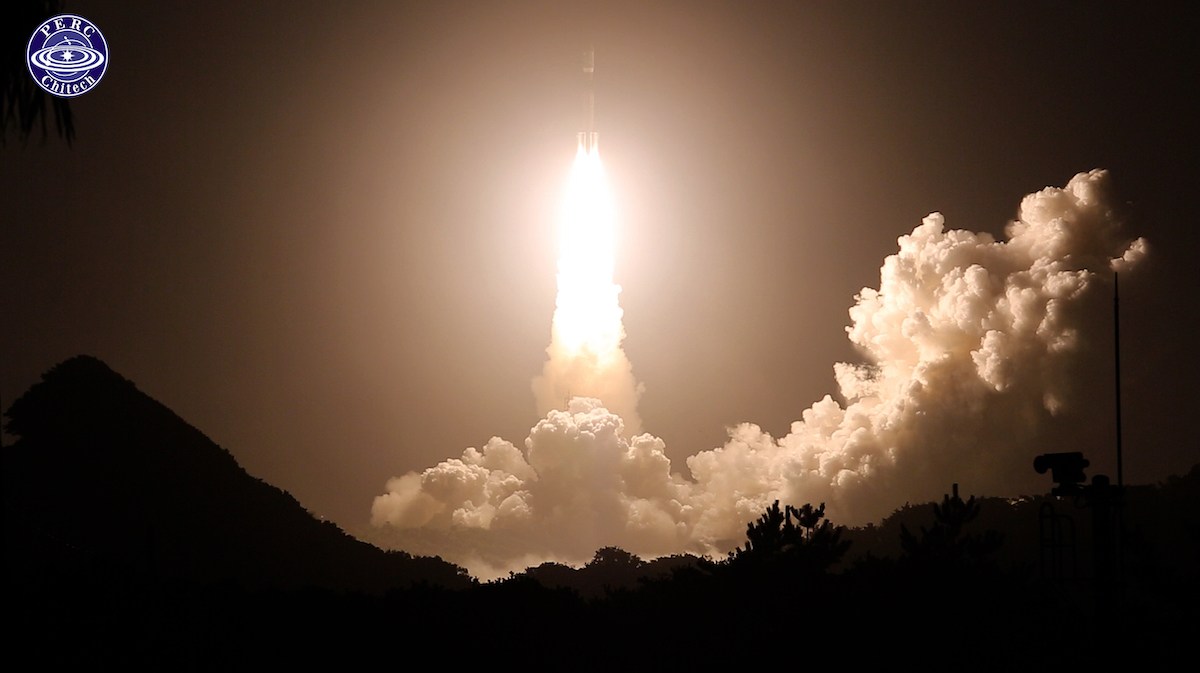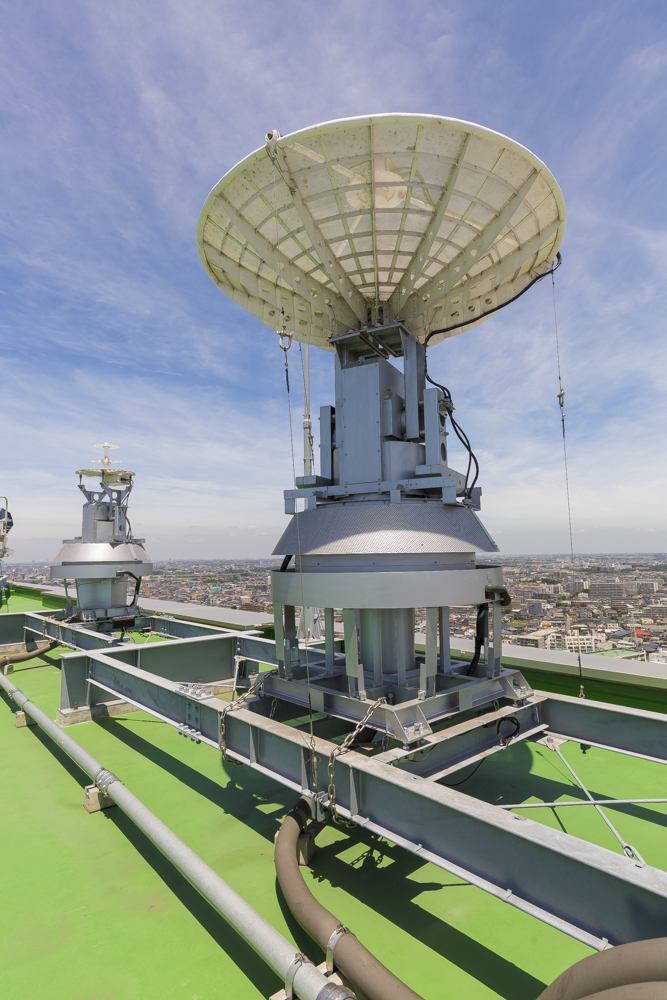Overview
The Planetary Exploration Research Center of the Chiba Institute of Technology (PERC/Chitech) has launched a nanosatellite project aimed at planetary exploration. The first satellite under this project is the S-CUBE. The S-CUBE is a 3U CubeSat to observe meteors from space. The standard ~10×10×10 cm cubic satellite is often called a “1U” CubeSat meaning one unit and has a mass of ~1 kilogram. S-CUBE stands for Shootingstar Sensing Satellite (S3). The S-CUBE was developed and operated by a partnership between the Chiba Institute of Technology and Tohoku University. After entering into a low Earth orbit from the Kibo Japanese Experiment Module of the ISS on September 17th, 2015, the S-CUBE was operated by a ground station at Chiba Institute of Technology over the entire year. The satellite finally deorbited on November 23th, 2016. The S-CUBE is Japan’s first 3U CubeSat.
Mission
Meteors are a luminous phenomenon caused by the entry of meteoroids into the Earth’s atmosphere at hypervelocity. Most meteoroids originate from comets and asteroids. So, the meteor gives us valuable opportunities of an indirect exploration of the primordial objects, such as comets and asteroids, in our Solar System. Although meteors have been observed mainly from the ground so far, the ground-based observations have weak points: narrow observational range and weather dependent. In contrast to ground-based observations, a space-based observation by an earth-orbiting satellite enables a continuous global observation of meteors. It has an advantage in estimating the flux of meteoroids colliding with the Earth. Furthermore, a satellite can access ultra-violet light from meteors, because the light is not hindered by the ozone layer. Although only one observation of a meteor ‘s UV light by a satellite has been reported, no UV observation from space has been applied since then. The intensity and emission mechanism of meteor’s UV light remain largely unknown. The meteor’s UV light is expected to contain various emission lines, which have not been observed previously by ground-based observations. It would offer new information about the composition of comets or asteroids. That’s is why we are particularly interested in meteor’s UV light.
The scientific instruments of the S-CUBE consist of one visual camera and 3 UV sensors and control electronics. The camera takes visible images to estimate the meteoroid size from the brightness of meteors. According to our sensitivity estimate, the camera can image meteoroids larger than ~1cm. From the camera observation, we aim to estimate the size distribution of meteors.
The UV sensors can observe UV emissions from meteors. The sensors are attached with UV band-pass filters so as to extract emission lines in the meteor’s light. The first UV sensor is designed to observe meteors at broadband wavelength (200-300 nm), which enables photometric measurement of UV emissions from meteors. The second sensor is designed to detect a singly ionized magnesium (Mg+) line (~280 nm). Magnesium is one of the most typical metal elements in meteoroids. The third sensor is designed to detect a neutral line of sulfur (~180 nm). Although sulfur in meteors has not been observed yet, an inclusion of the line is suggested because the line has been identified by the laser-induced breakdown spectroscopy experiments in the ultraviolet region. Because sulfur is a volatile element, the abundance of sulfur in meteors would give an indicator of the thermal alteration of meteoroids and thermal history of their parent body. Sulfur is also one of the most important chemical elements which make up biomolecules and, therefore, the detection of sulfur in meteors would be important in terms of Astrobiology.
Gallery

S-CUBE Flight model

Final check for delivery of the S-CUBE


Final check for delivery of the S-CUBE
Responsible researcher: Ryo ISHIMARU
Senior Staff Scientist, Planetary Exploration Research Center, Chiba Institute of Technology Project Manager of PERC Nano Satellite S-CUBE


